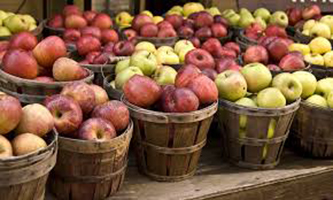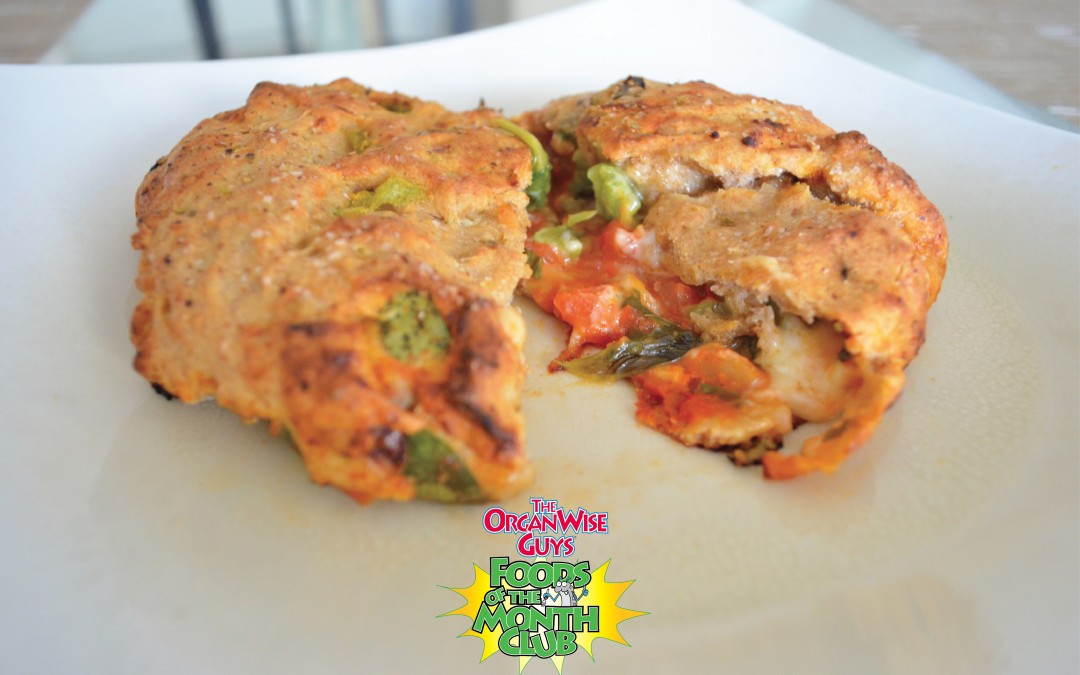OrganWise Budget Shopping – August
Here are our budget tips for August! This month, we made three dishes including an appetizer, and two snacks (or light meals) for about $38. (more…)
Here are our budget tips for August! This month, we made three dishes including an appetizer, and two snacks (or light meals) for about $38. (more…)
July 31st is National Avocado Day so celebrate this delicious food that is full of good fats. The creamy texture of avocados make them decadent and versatile, all while being healthy too! (more…)
Muffins are a great weekend treat for family breakfast. Here’s a healthy idea for blueberry ones since it’s National Blueberry Month! (more…)

Let’s do an Apple Taste Test for National Apple Month! Apples are also an OrganWise Guys Foods of the Month for October, and the perfect food for the fall season. Apples are such a versatile food that can be used in anything from salads to desserts and they come in so many delicious varieties!
A taste test is a really fun way to encourage kids to try a small sample of a new food where they may typically be more close-minded about trying new things. This interactive apple taste testing worksheet will help you introduce several different apple varieties and let’s them provide feedback.
We would love to hear about your at-home taste tests! Share with us how it went and include any pictures of the finished worksheets on our Facebook page!

ICYMI, whole wheat is a subset of whole grain that strictly applies to wheat products. So when a product is labeled whole grain, it means that it includes the entire kernel of the grain – including the outer bran layer, the germ (the part that can sprout into a new plant), and the inner, starchy endosperm. Refined grains, on the other hand, only include the endosperm; that’s why whole grains generally take longer to cook.
One of our favorite ways to get more whole grains (organic is best) is by swapping out white flour for whole wheat flour in pizza dough. The great thing about making your own pizza dough is that you can make a big batch and store it in the fridge, to create various healthy dinners throughout the week. To make whole wheat pizza dough, we recommend using half whole wheat flour and half white flour in your favorite pizza dough recipe. By leaving some white flour, the dough is not too dense, but you still get the fiber benefits of whole wheat flour. Combine your flour with yeast, hot water, a little salt and sugar, some extra virgin olive oil and mix thoroughly.
Now, what to do with your healthy homemade pizza dough? Get a little more creative than a regular pizza and try making a calzone or Stromboli! To make these traditionally fatty dishes healthier, spread a thin layer of tomato sauce on the dough, add organic cheese, and then top with tons of veggies like tomatoes, peppers, onions and spinach. Carefully roll it up, and put in the oven at 375 degrees for 35 minutes. Enjoy!